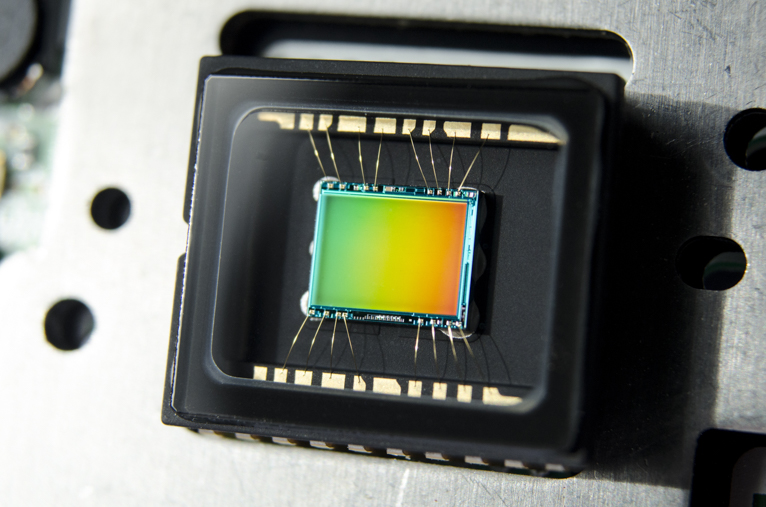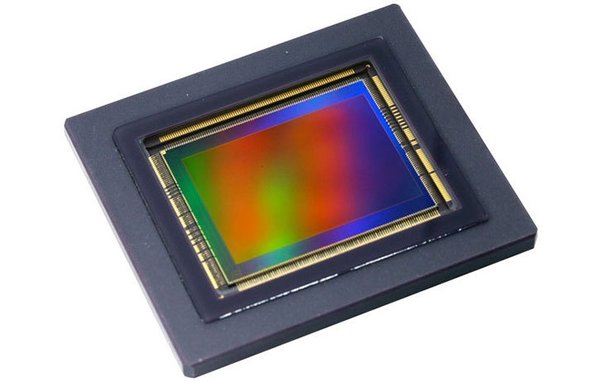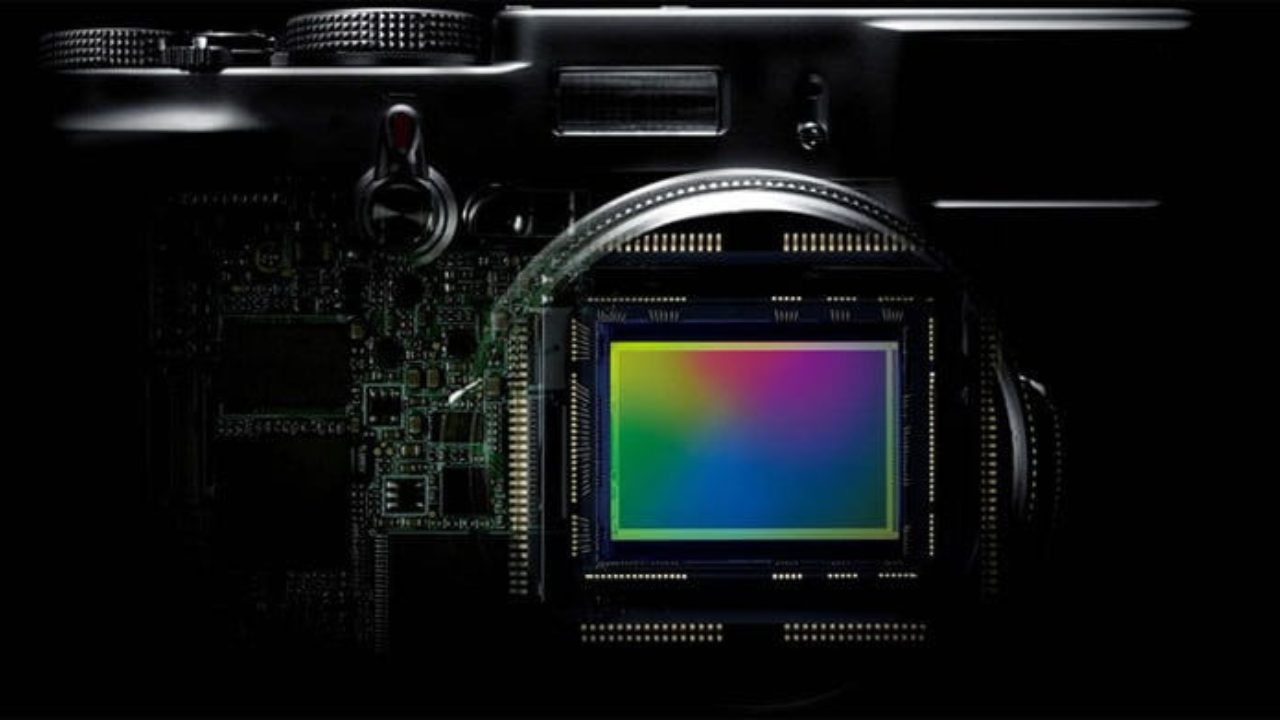In this comprehensive guide on how camera sensors work, we will delve into the fascinating world of image capture technology. Learn about the inner workings of camera sensors, their types, and their role in producing high-quality photographs. Discover the science behind capturing light and converting it into digital images. Read on to unravel the secrets of the camera sensor.
Introduction:
Welcome to the ultimate guide on camera sensors! Have you ever wondered how your camera captures stunning images? It’s all thanks to the camera sensor—a crucial component that plays a vital role in transforming light into digital information. In this article, we will explore the inner workings of camera sensors, the different types available, and how they contribute to the overall image quality. So, let’s dive in and unravel the mysteries of the camera sensor.

Understanding Camera Sensors
Camera sensors are the heart of digital cameras, responsible for capturing light and converting it into electronic signals that eventually become the digital image you see on your screen. Understanding how camera sensors work is essential for photographers and enthusiasts who wish to enhance their photography skills.
What is a Camera Sensor?
A camera sensor, also known as an image sensor, is a silicon-based electronic device that converts light into electrical signals. It consists of millions of photosites, also called pixels, which detect the intensity of light and convert it into a digital representation.
Types of Camera Sensors
Camera sensors come in different sizes and types, each with its unique characteristics and advantages. The two main types of camera sensors are:
- CMOS (Complementary Metal-Oxide-Semiconductor): CMOS sensors are widely used in modern digital cameras due to their low power consumption, high-speed performance, and excellent image quality. These sensors use a different manufacturing process than their counterpart, the CCD sensor.
- CCD (Charge-Coupled Device): CCD sensors were the primary choice for digital cameras before the emergence of CMOS sensors. While they are less common today, CCD sensors still offer certain advantages, such as better image quality in specific scenarios.
How Does a Camera Sensor Capture Light?
The process of capturing light by a camera sensor involves several steps, which can be summarized as follows:
- Lens Focus: The lens focuses the incoming light onto the camera sensor. It determines the sharpness, depth of field, and overall quality of the captured image.
- Photosite Activation: Each pixel on the camera sensor’s surface is a photosite that detects light. When light reaches a photosite, it activates and generates an electrical charge proportional to the intensity of the light.
- Charge Conversion: The electrical charge generated by each photosite is then converted into a voltage, which represents the intensity of the light falling on that particular pixel.
- Analog-to-Digital Conversion: The analog voltage signals are converted into digital values through an analog-to-digital converter (ADC). This process assigns a numerical value to each pixel based on its light intensity.
- Image Processing: The captured digital information undergoes various image processing techniques within the camera to optimize color, contrast, and sharpness, resulting in a final image.
Camera Sensor Size and Image Quality
The size of a camera sensor plays a crucial role in determining the image quality. Larger sensors generally have larger photosites, allowing them to capture more light and produce images with better dynamic range, reduced noise, and improved low-light performance.
It’s important to note that the image quality is not solely determined by the sensor size but also by other factors such as the camera’s optics, image processing algorithms, and the photographer’s skills.
Common Camera Sensor Specifications
Camera sensors have specific specifications that photographers often consider when choosing a camera. Here are some common specifications you might come across:
- Resolution: The resolution refers to the total number of pixels on the camera sensor. Higher resolutions offer more detailed images but may also result in larger file sizes.
- Pixel Size: Pixel size refers to the physical dimensions of each photosite. Larger pixel sizes tend to capture more light, resulting in better image quality.
- ISO Sensitivity: ISO sensitivity determines how sensitive the camera sensor is to light. Higher ISO values are useful in low-light conditions but may introduce more noise in the image.
- Dynamic Range: Dynamic range represents the range of light intensities a camera sensor can capture. A higher dynamic range allows for better preservation of details in both highlights and shadows.
- Frame Rate: Frame rate refers to the number of images a camera can capture per second. Higher frame rates are important for capturing fast-moving subjects or recording videos.

Frequently Asked Questions (FAQs)
1. How does a camera sensor differ from traditional film?
Unlike traditional film, which captures light chemically, a camera sensor captures light electronically. The photosites on a camera sensor convert light into electrical signals, which are then processed to form a digital image.
2. Can I change the camera sensor in my digital camera?
In most consumer-level digital cameras, the camera sensor is integrated into the camera body and cannot be replaced or upgraded. However, professional cameras often offer interchangeable lenses, allowing photographers to choose different sensor sizes and types.
3. Are higher megapixels always better?
While higher megapixels can provide more detail, it’s not the sole factor determining image quality. Other factors like sensor size, pixel size, and image processing algorithms also play a significant role. Higher megapixels may result in larger file sizes and increased demands on storage and processing power.
4. How does sensor size affect depth of field?
Sensor size has a direct impact on depth of field. Larger sensors, such as those found in full-frame cameras, tend to produce shallower depth of field, allowing for greater background blur and subject isolation.
5. Can I clean my camera sensor myself?
Cleaning camera sensors requires careful handling and specialized tools. It is generally recommended to have the sensor cleaned by a professional technician or using dedicated sensor cleaning kits to avoid damaging the delicate sensor surface.
6. Do smartphone cameras use the same type of sensor as dedicated cameras?
Smartphone cameras often use smaller sensors compared to dedicated cameras. However, advancements in smartphone camera technology have led to improved image quality, and some high-end smartphones now feature sophisticated camera sensors and image processing capabilities.
Conclusion
Camera sensors are at the heart of modern digital cameras, enabling us to capture stunning images with remarkable detail and clarity. By understanding how camera sensors work and their impact on image quality, photographers can make informed choices when selecting a camera. Remember that while the camera sensor is a critical component, other factors such as lenses, image processing, and the photographer’s skills also contribute to creating exceptional photographs. So, next time you capture a beautiful moment, take a moment to appreciate the wonders of the camera sensor.

